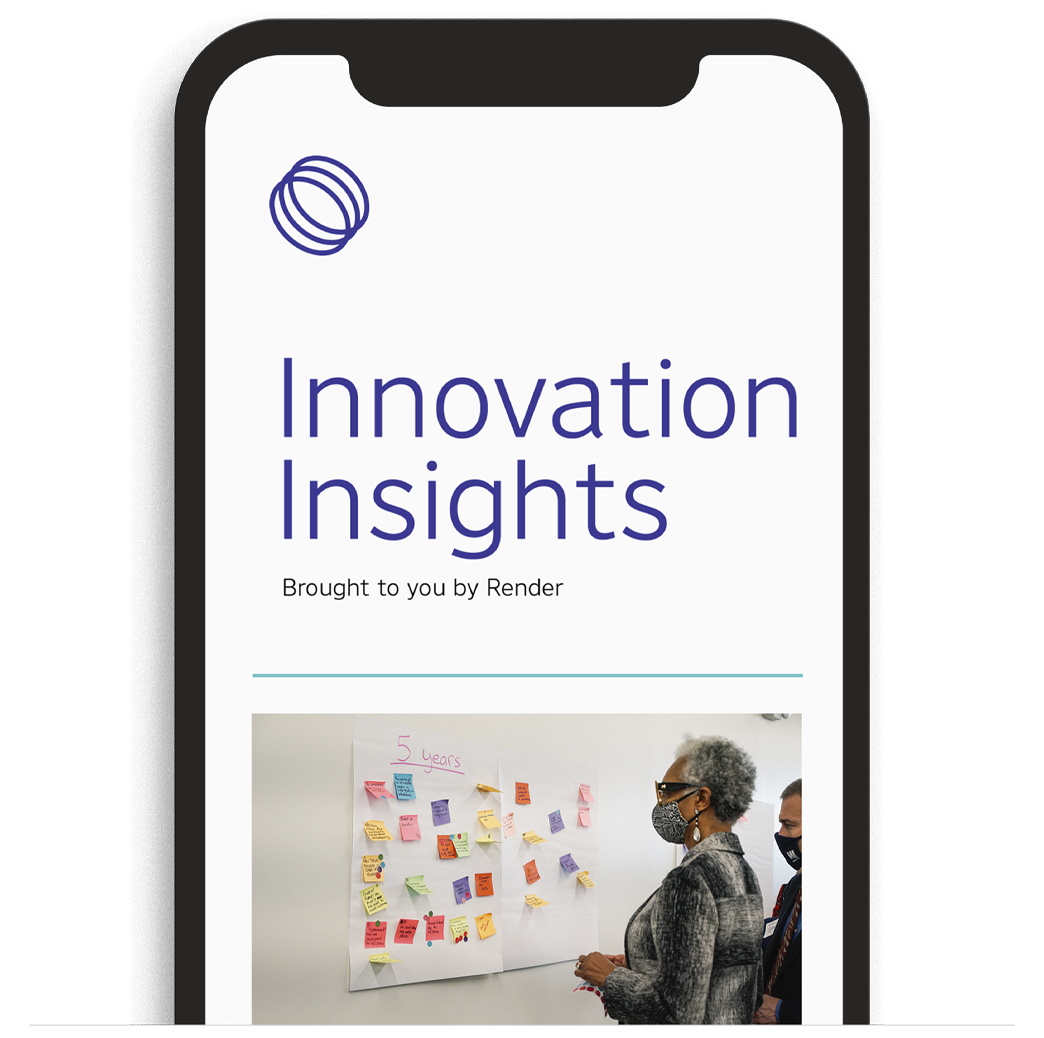Agile deployment has become a buzzword in recent years, especially for product and innovation-driven companies. The agile approach originally stemmed from software development teams allowing them to rapidly iterate and deliver value to customers. In this blog post, we'll explore the benefits of agile deployment and how it can benefit both product and innovation-driven companies.
What is Agile Deployment?
Agile deployment is a software development approach that emphasizes collaboration, flexibility, and continuous improvement. It is based on the principles outlined in the Agile Manifesto, which discusses the value of individuals, interactions, working software, customer collaboration, and responding to change.
Agile deployment involves breaking down large projects into smaller, manageable pieces called sprints. Each sprint is typically two to four weeks long and includes planning, development, testing, and review. At the end of each sprint, the team delivers a working product increment that can be tested and evaluated by stakeholders. The key to each one of these sprints are
1. the ability to "launch" or test something whether that is in the market or to a group of "internal" testers for feedback and
2. rapidly iterating based on that launch for the following sprint. Said differently on point - when you are planning for the sprint AFTER next you should always incorporate this iterative feedback loop so you are able to iterate in a more agile / rapid fashion based on that feedback / input.
Benefits of an Agile Deployment for Product and Innovation-Driven Companies
- Speed to Market: Agile deployment allows companies to deliver new products and features quickly. By breaking down large projects into smaller sprints, teams can focus on delivering value in small increments rather than waiting for a lengthy development cycle to complete.
- Flexibility: Agile deployment allows teams to adapt to change quickly. As requirements evolve or new information becomes available, teams can pivot and adjust their development strategy to meet customer needs.
- Customer Feedback (THIS IS CRITICAL!!) : Agile deployment emphasizes customer collaboration and feedback in an open and transparent way. By delivering working product increments at the end of each sprint, teams can gather feedback from customers and stakeholders, which can be used to guide future development efforts.
- Continuous Improvement: Agile deployment is focused on continuous improvement. At the end of each sprint, teams review their processes and identify areas for improvement. This allows teams to continually refine their development approach and deliver higher quality products.
If you think you launched something beautiful and fully functional - you've waited too long to launch :) The intent behind agile is to constantly be looking back to the market and your customers / users for feedback on what should be developed and built next.
Challenges of Agile Deployment
While there are many benefits to agile deployment, these are some potential challenges that companies may face:
- Resource Allocation: Agile deployment requires a significant investment in resources, including time, money, and personnel. This often includes shifting the internal "meeting" culture from just generic update meetings to longer (hour or two) long sessions on actually planning what should come next. Companies need to ensure that they have the necessary resources to support agile development and truly change the way they think about meetings and focus these on deployment and impact from the product that matters to the user/customer.
- Communication: Agile deployment requires strong, transparent communication skills and collaboration between team members. Companies need to make sure that their teams are aligned and working together effectively. This oftentimes levels up into a scope or objectives and key results. These help align stakeholders and ensure the most efficient and effective product development timelines and customer success.
- Scope Creep: Agile deployment can be susceptible to scope creep, where the project's scope expands beyond the original requirements. Companies need to set clear boundaries and prioritize features to avoid scope creep. While we are not advocating for long liturgical waterfall style scopes, the scope should define left and right limits of what is acceptable and ultimately what the goals, objectives, or outcomes are. These objectives should be driven from this one launch/sprint all the way through the overall company or product driven objectives and goals.
Conclusion
Agile deployment is an effective approach to product development and while originally developed for software teams, it is an extremely effective and efficient approach for product and innovation-driven companies. It allows teams to deliver value quickly, adapt to change, gather customer feedback, and continually improve their development approach. By adopting agile deployment, companies can stay competitive and deliver high-quality products to their customers. While there are some challenges associated with agile deployment, the benefits far outweigh the risks.
Our team at Render not only operates internally in an agile sprint driven and OKR driven environment this is also how we work with our corporate, middle market, university, and government agency customers as well! Much of this involves radical candor and radical transparency so the entire value chain of stakeholders is and can be aligned. At our core at Render we operate on the mantra of Trust, Transparency, and Communication - all of which are key to not only our success but the successes of our customers as well!
Learn more about the agile approach in action and how Render drives companies to be the best they can be. Subscribe here to our newsletter, or reach out to Patrick directly here!






